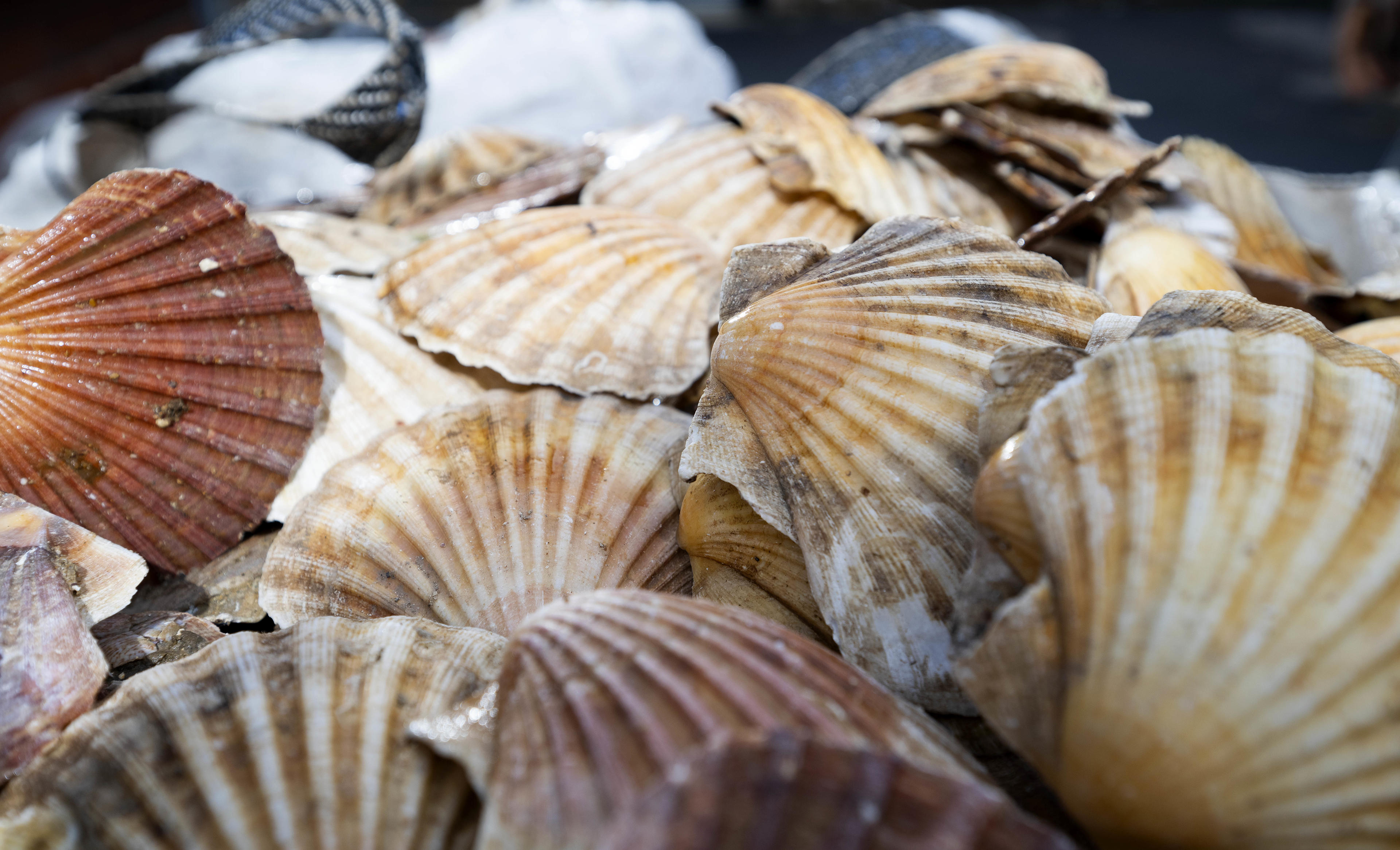A University of Central Lancashire (UCLan) project has helped to create a groundbreaking first with Blackpool based company LeftCoast.
The collaboration with LeftCoast involves the use of a new sustainable eco-friendly alternative to traditional concrete using locally sourced whelks and scallop shells. The porous material which reduces the challenges of rainwater runoff has been welcomed, especially with the number of localised floods over recent months.
The concrete laid at Bostonway Community Garden, in Blackpool uses Fleetwood sourced shellfish, and is the first to use the porous material in the UK. Centre for Waste Management Professor Karl Williams said: “The idea behind the development of this product was to use local waste materials from the shellfish industry to make a pervious concrete for the built environment in flood-prone areas. It engages local communities, businesses, and government in finding local solutions to the challenges caused by climate change and the over-exploitation of the planet’s resources.”
Tina Redford, LeftCoast’s Artistic Director, said: “I’m so proud that LeftCoast is able to support this innovative research, and offer the first UK test site for UCLan’s seashell concrete. When we designed our garden with Bostonway residents and Myerscough College, our mission was clear: to co-create a green space that was accessible for the elderly residents living in the area. The pervious concrete absolutely enables this.
"By recycling and reusing local waste seashells, the project has diverted them from heading to landfill and reducing the need for extracting natural resources from the earth."
— Tina Redford, Artistic Director at LeftCoast
“By recycling and reusing local waste seashells, the project has diverted them from heading to landfill and reducing the need for extracting natural resources from the earth. Nationally around 30,000 tonnes of waste shells go to landfill, each year, with the North West and Wales contributing 8,800 tonnes of cockles, scallop, and whelk shells (the equivalent of around 65 blue whales).”
UCLan’s mechanical and hydrological tests have proven that the pervious seashell concrete meets UK standards on strength and permeability. Plus, the university’s Life Cycle Assessment has confirmed that it has a lower carbon footprint compared to conventional concrete and traditional permeable concrete. So, seashell concrete be seen as a win-win for the environment and communities.
The new porous concrete, created under the three-year CIRCLE Project funded by European Regional Development Interreg scheme, was developed through innovative collaboration between UCLan and Builders for Society École D’ingénieurs in Caen, France. This breakthrough seashell concrete is designed for urban use, including footways and cycle paths, and a similar surface using only scallops is already in use on the Velo 3 cycle route in the Somme region of France.
